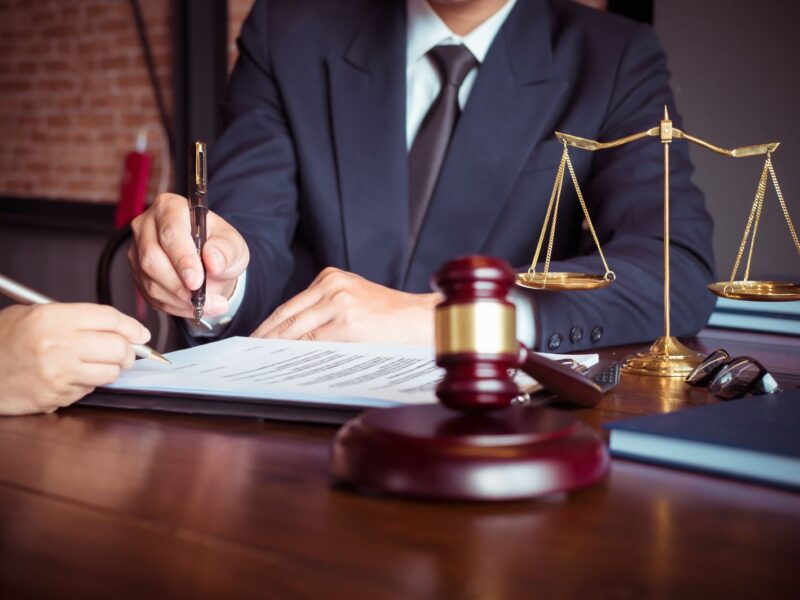Trademarks are essential tools for protecting the intellectual property of businesses and individuals alike. They serve as distinctive symbols that represent brands, products, and services, helping consumers identify and differentiate one from another in a crowded marketplace. However, not everything can be trademarked, and there are specific rules and guidelines governing what can and cannot receive trademark protection. In this article, we will explore the criteria for trademark eligibility and provide insights into what you can and cannot trademark.
Table of Contents
What Can Be Trademarked?
1. Words and Phrases:
- Brand Names: This is the most common type of trademark. Businesses often trademark their brand names to protect their identity in the market. For example, “Coca-Cola” and “Apple” are trademarked brand names.
- Slogans: Memorable phrases associated with a brand can also be trademarked. Think of Nike’s “Just Do It” or McDonald’s “I’m Lovin’ It.”
- Product Names: Individual product names can receive trademark protection. For instance, “iPhone” is a trademarked product name by Apple.
- Service Names: If you offer services, such as a consulting firm or a restaurant chain, you can trademark the name of your service. For example, “McKinsey & Company” is a trademarked service name.
2. Logos and Symbols:
- Graphic Logos: Distinctive graphical elements of a brand’s identity can be trademarked. The Nike Swoosh, for example, is a trademarked logo.
- Combination Marks: These include a combination of both words and logos. An example is the Starbucks logo with the mermaid image and the word “Starbucks” alongside it.
3. Sounds and Jingles:
- Unique Sounds: In some cases, distinctive sounds or jingles can be trademarked. The sound of the Intel Inside jingle is a famous example.
4. Colors:
- Specific Colors: In rare cases, specific colors associated with a brand can be trademarked. For instance, the pink color used by Owens-Corning for its fiberglass insulation is a trademarked color.
5. Scents:
- Distinctive Scents: Uncommon but possible, some scents can be trademarked. For example, the floral scent used for sewing thread by a company named YKK is a trademarked scent.
6. Shapes:
- Unique Product Shapes: Occasionally, unique product shapes or configurations can be trademarked. The distinctive shape of the Coca-Cola bottle is a famous example.
7. Packaging:
- Unique Packaging Designs: Packaging designs that are distinct and associated with a particular brand can receive trademark protection. For example, the shape of a Toblerone chocolate bar’s packaging is trademarked.
8. Trade Dress:
- Overall Look and Feel: Trade dress refers to the overall look and feel of a product or service. This can include elements like packaging, labeling, and design that are unique and distinctive.
What Cannot Be Trademarked?
1. Generic Terms:
- Generic terms that describe the product or service itself cannot be trademarked. For instance, you cannot trademark the word “computer” to sell computers.
2. Descriptive Terms:
- Descriptive terms that merely describe the product or service cannot be trademarked unless they have acquired secondary meaning. For example, “Super Fast Computers” cannot be trademarked for computer sales unless it has become associated with a specific brand over time.
3. Common Words or Phrases:
- Common, everyday words or phrases that do not have a distinctive connection to a specific product or service cannot be trademarked. For example, “The Best” or “Quality Products.”
4. Generic Shapes and Designs:
- Shapes and designs that are common or necessary for the product’s function cannot be trademarked. Basic geometric shapes or functional designs fall into this category.
5. Immoral or Scandalous Marks:
- Trademarks that are considered immoral, scandalous, or offensive to a substantial segment of the population are not eligible for trademark protection. This is a subjective determination by the trademark office.
6. Geographic Terms:
- Geographic terms that primarily indicate the origin of a product or service cannot be trademarked. For example, “Florida Oranges” cannot be trademarked for oranges originating from Florida.
7. Government Symbols:
- Symbols, flags, and other government-related insignia cannot be trademarked. Using national flags or symbols for commercial purposes is usually prohibited.
8. Deceptive Marks:
- Marks that are deceptive or likely to mislead consumers about the nature, quality, or origin of a product or service are not eligible for trademark protection.
The Importance of Trademark Searches and Legal Counsel
Before attempting to trademark a word, phrase, logo, or any other element associated with your brand, it’s essential to conduct thorough trademark searches. This process involves checking existing trademarks to ensure that your proposed mark is not already in use and that it does not infringe on another entity’s rights. Conducting a comprehensive search helps prevent legal conflicts and potential trademark disputes.
Seeking legal counsel or working with a trademark attorney is highly advisable when navigating the trademark registration process. They can provide expert guidance on trademark eligibility, help you prepare and file your application, and represent your interests in case of disputes or challenges.
Conclusion
Trademark protection is a valuable asset for businesses, offering legal safeguards for their brand identity and intellectual property. Understanding what can and cannot be trademarked is crucial when considering the protection of your brand. While the criteria for eligibility are specific, they provide clarity and fairness in the trademark registration process, ensuring that trademarks represent unique and distinctive elements in the marketplace. Whether you are a startup or an established business, the careful consideration of trademark eligibility is a vital step in safeguarding your brand’s identity and reputation.

